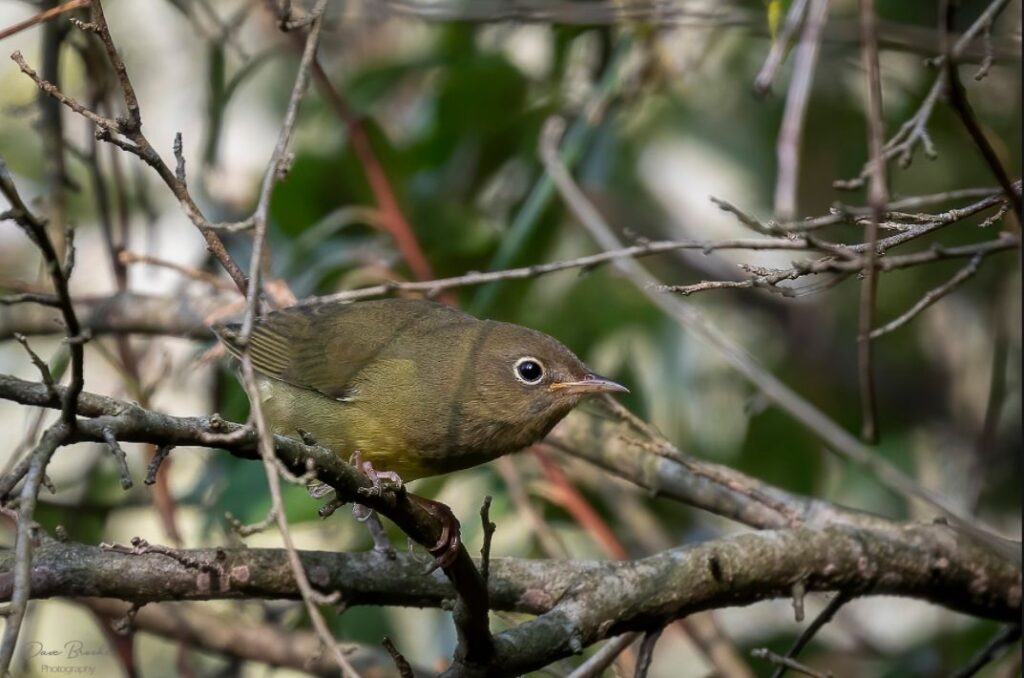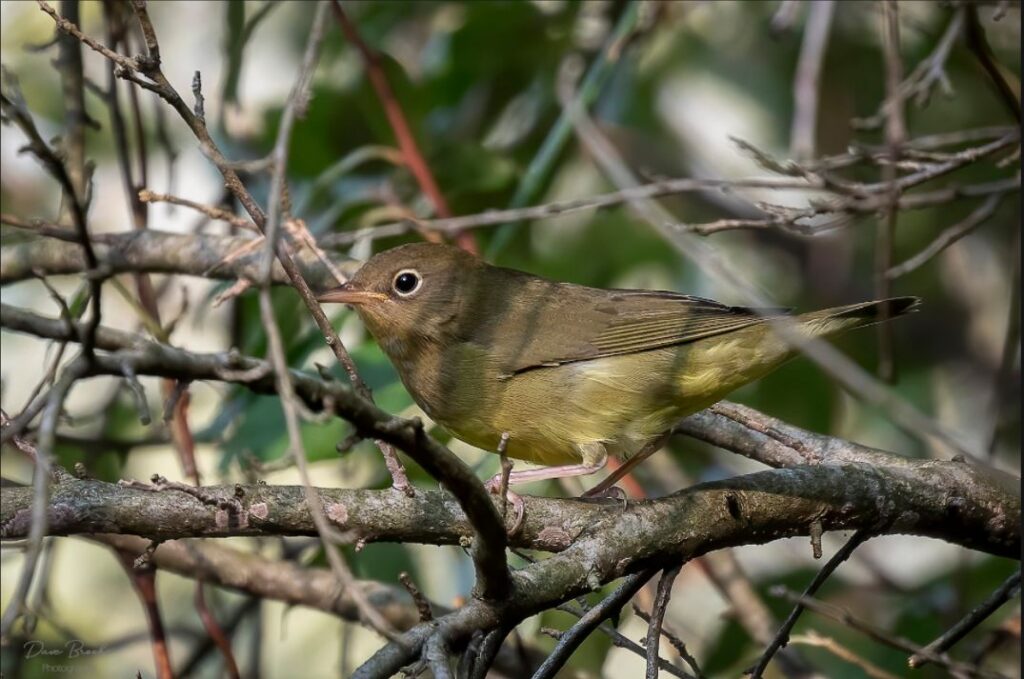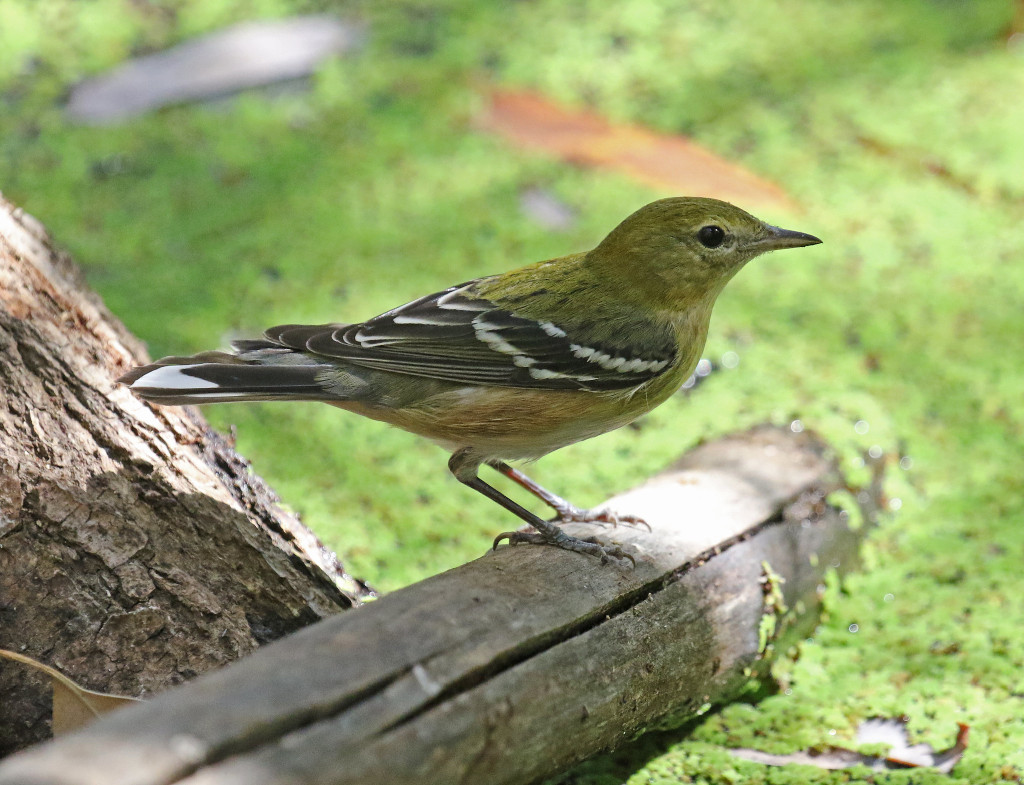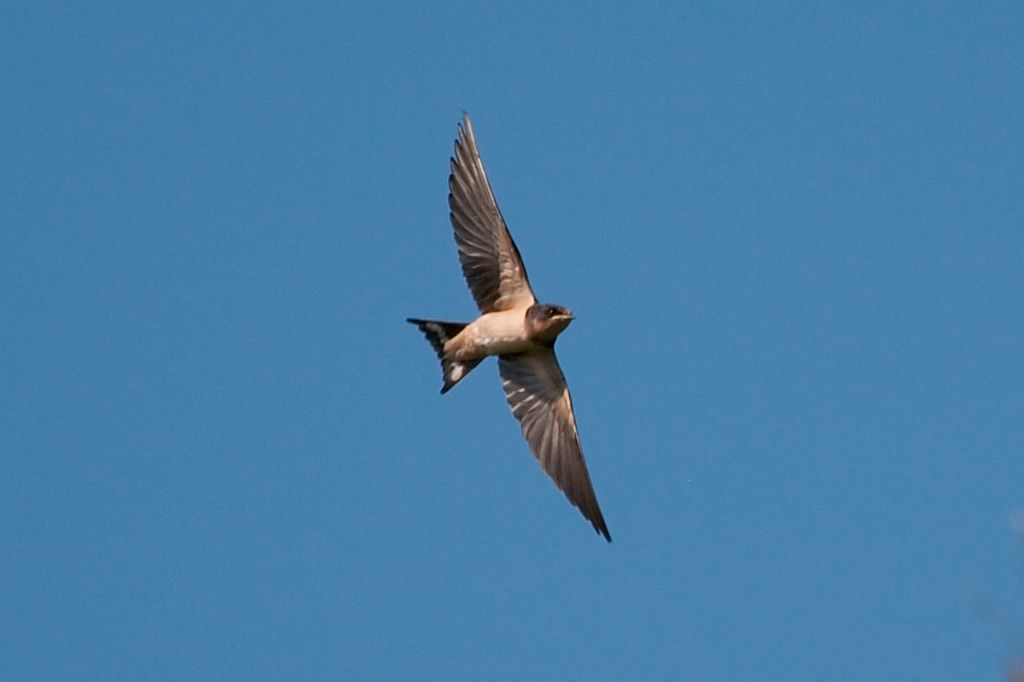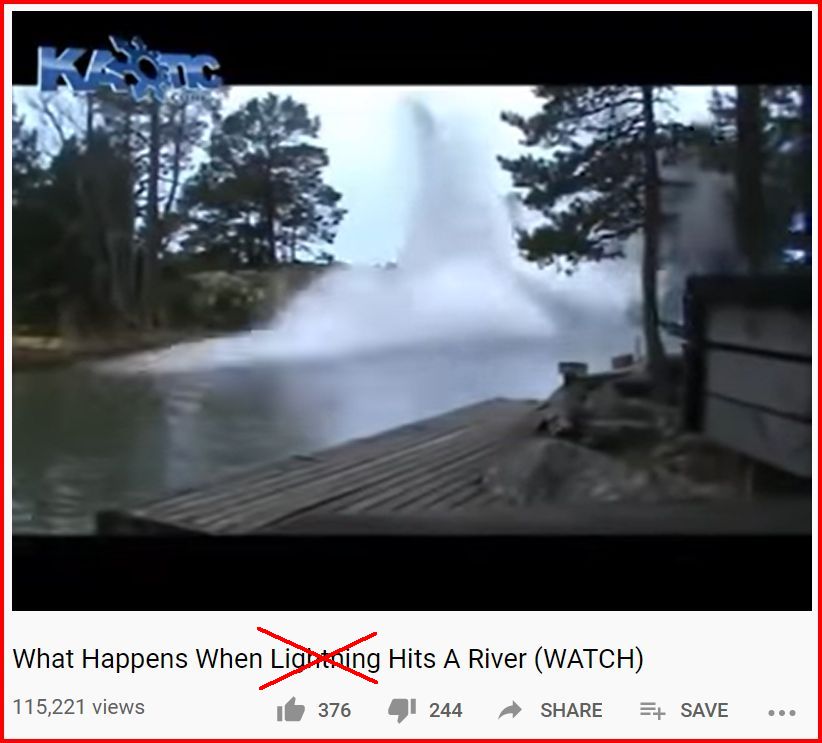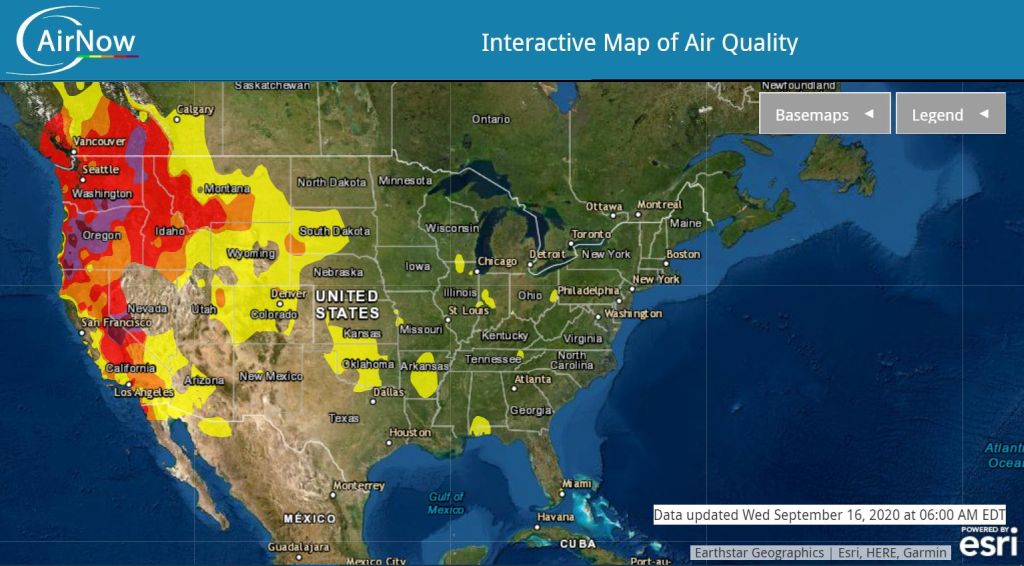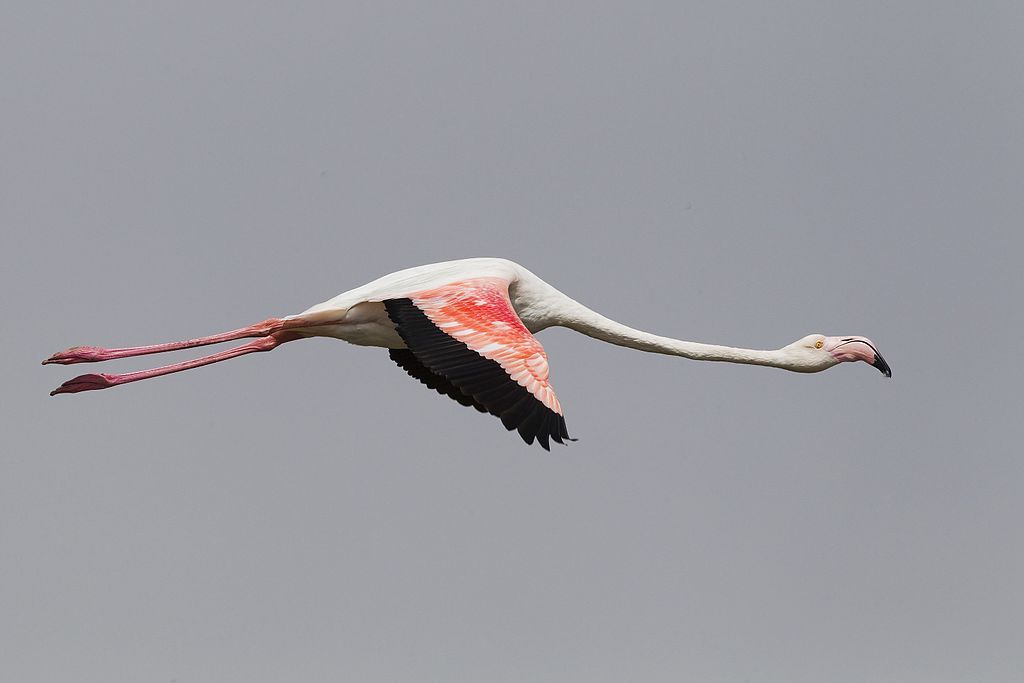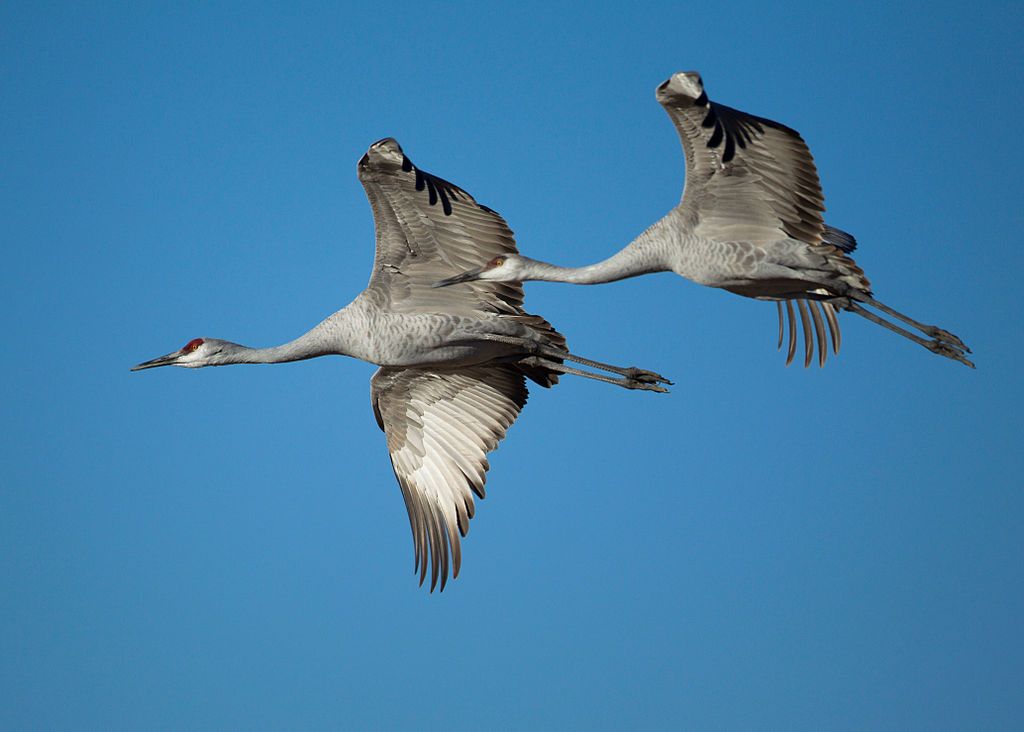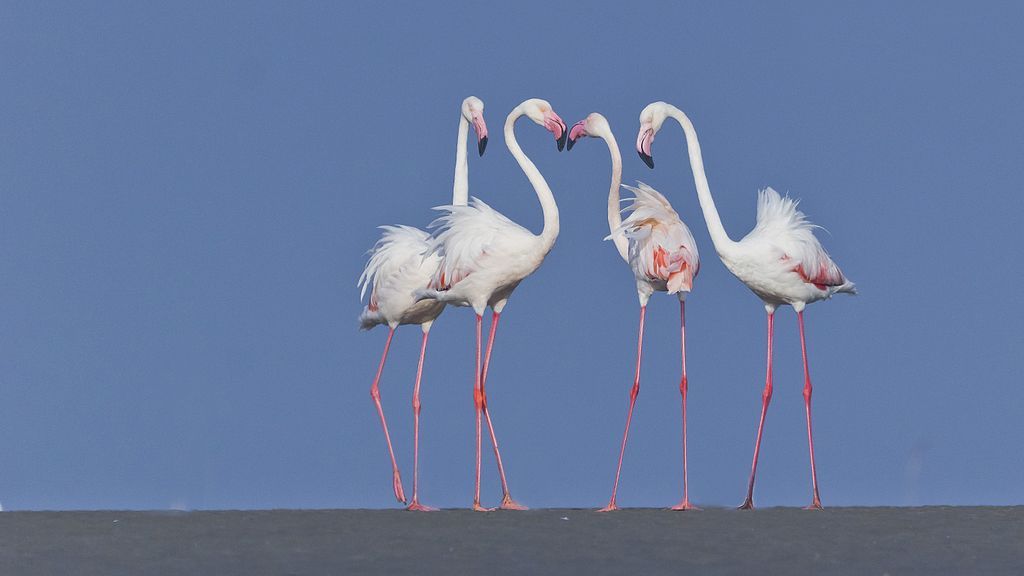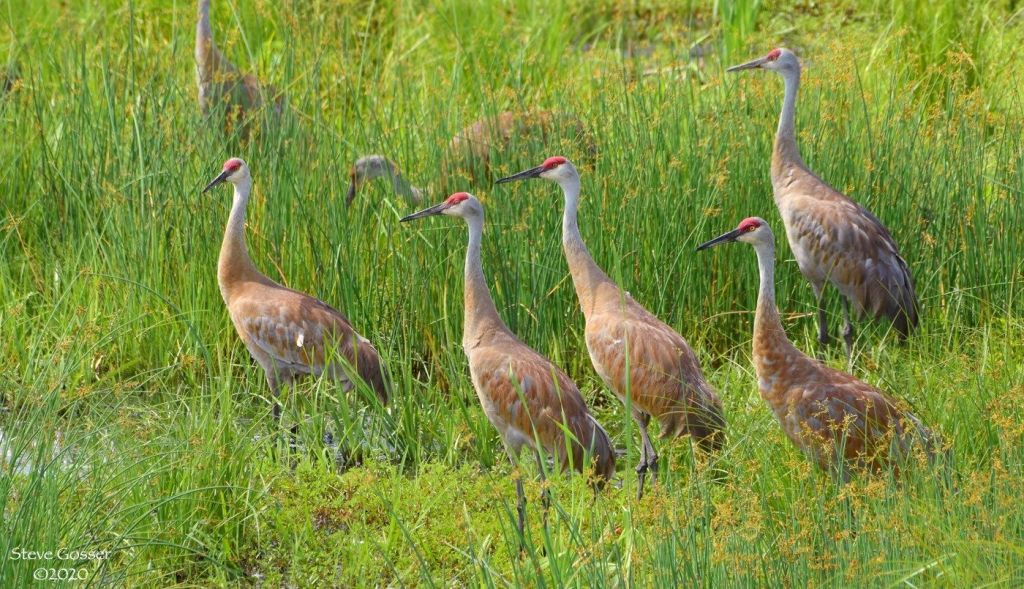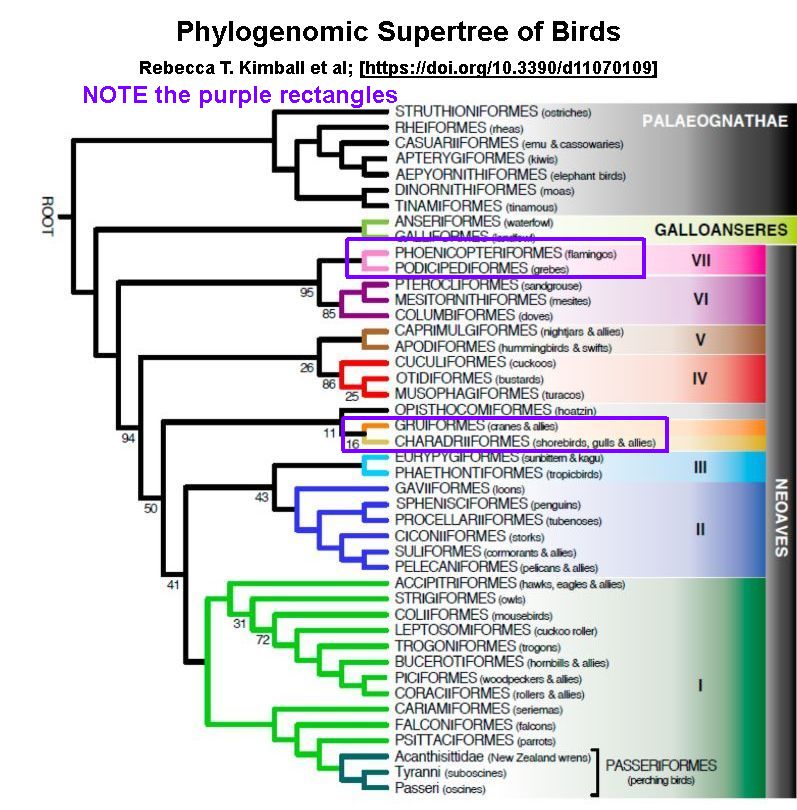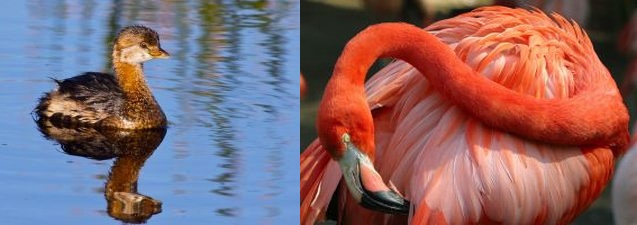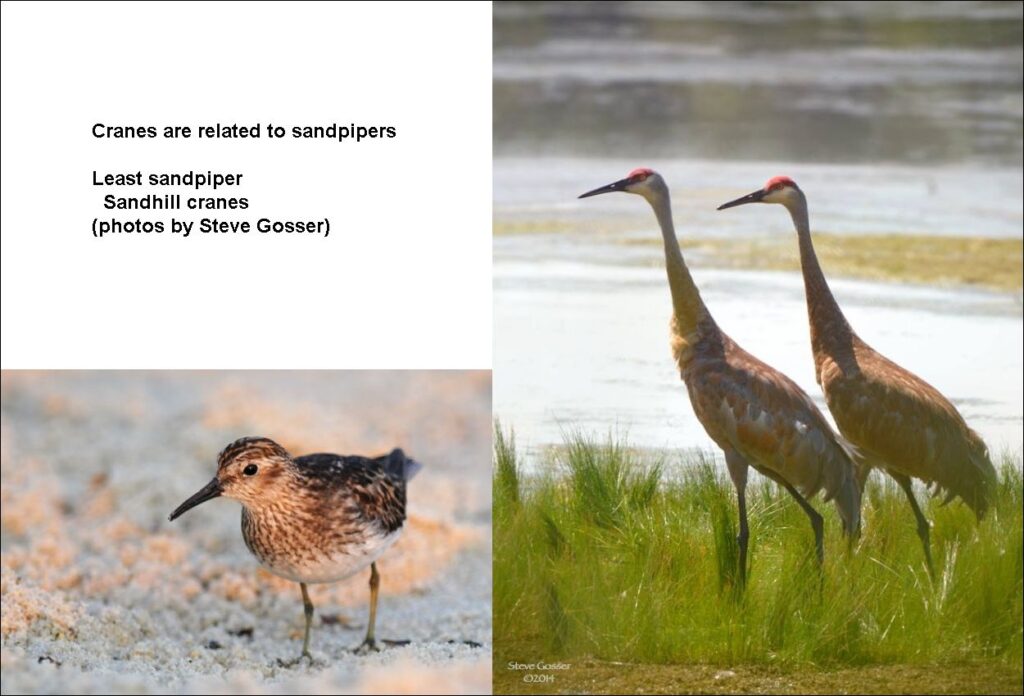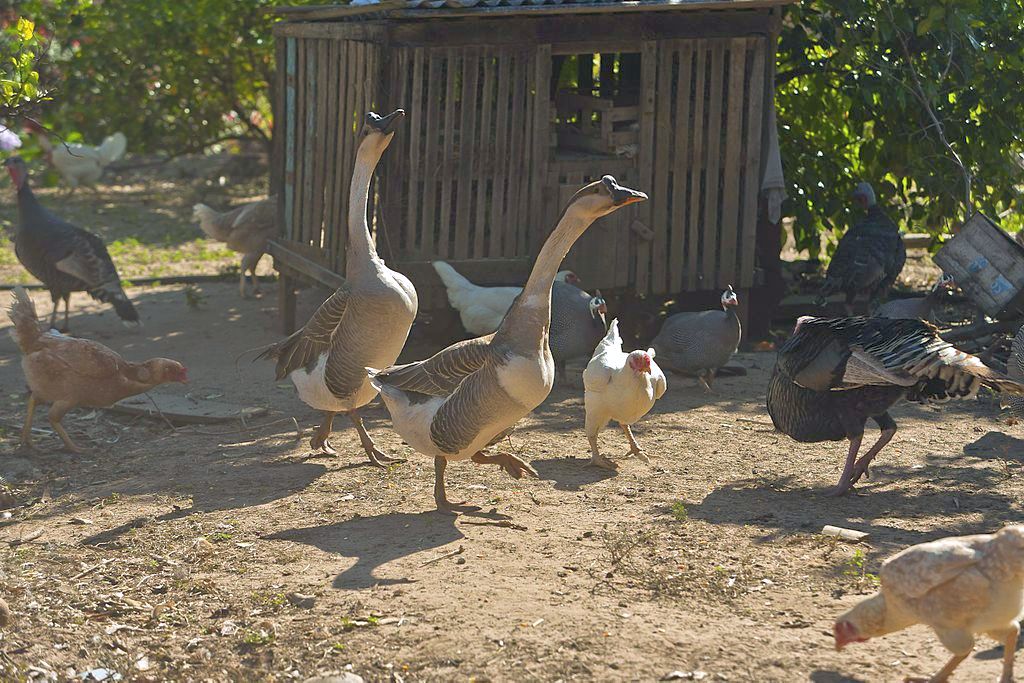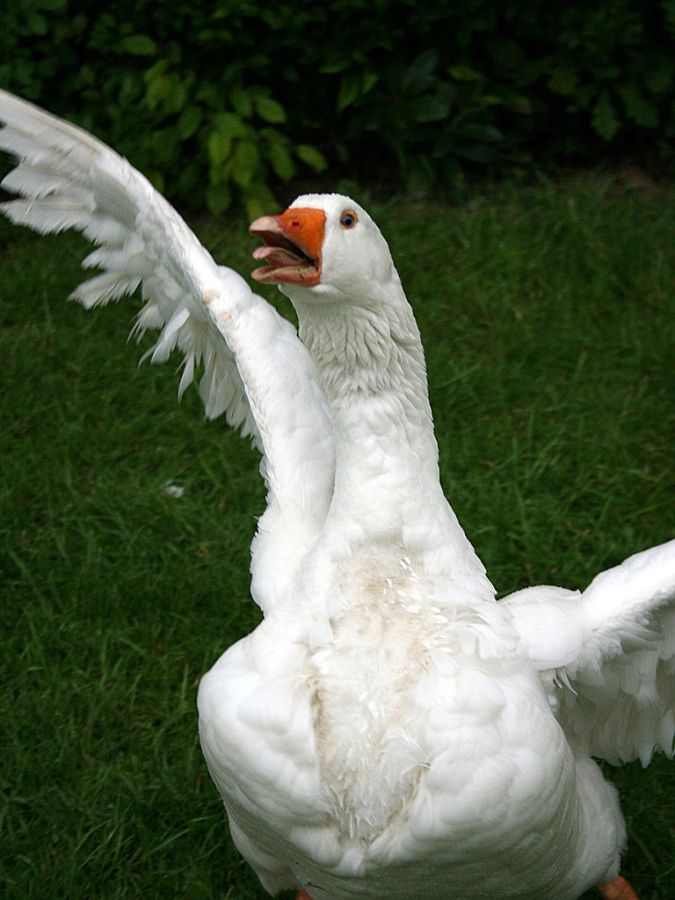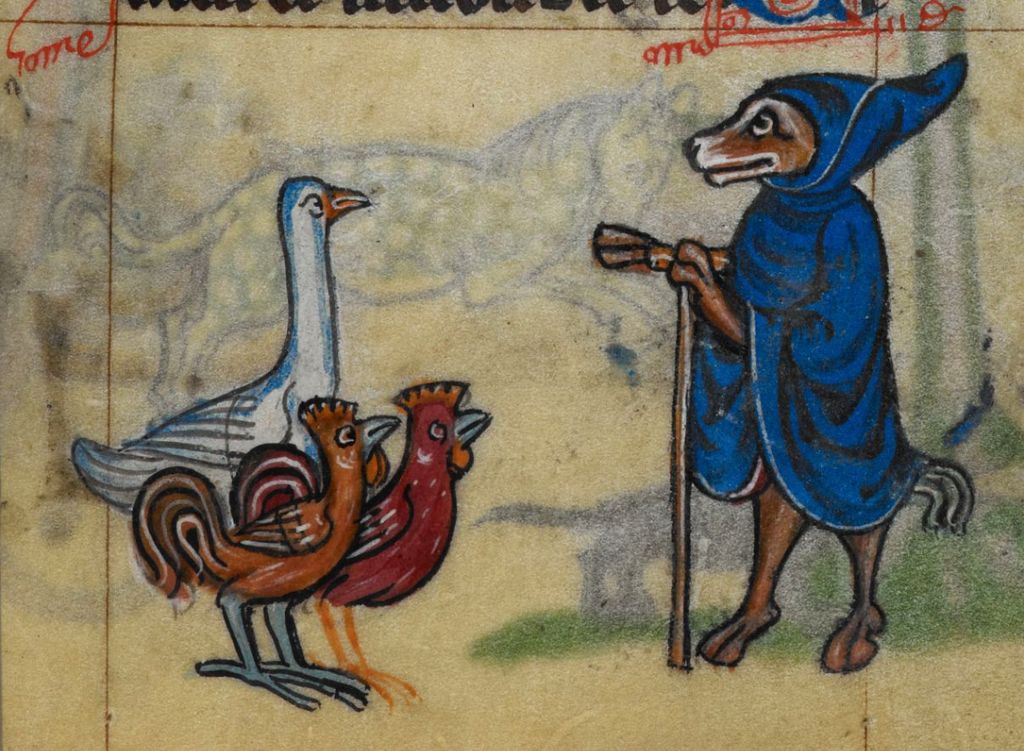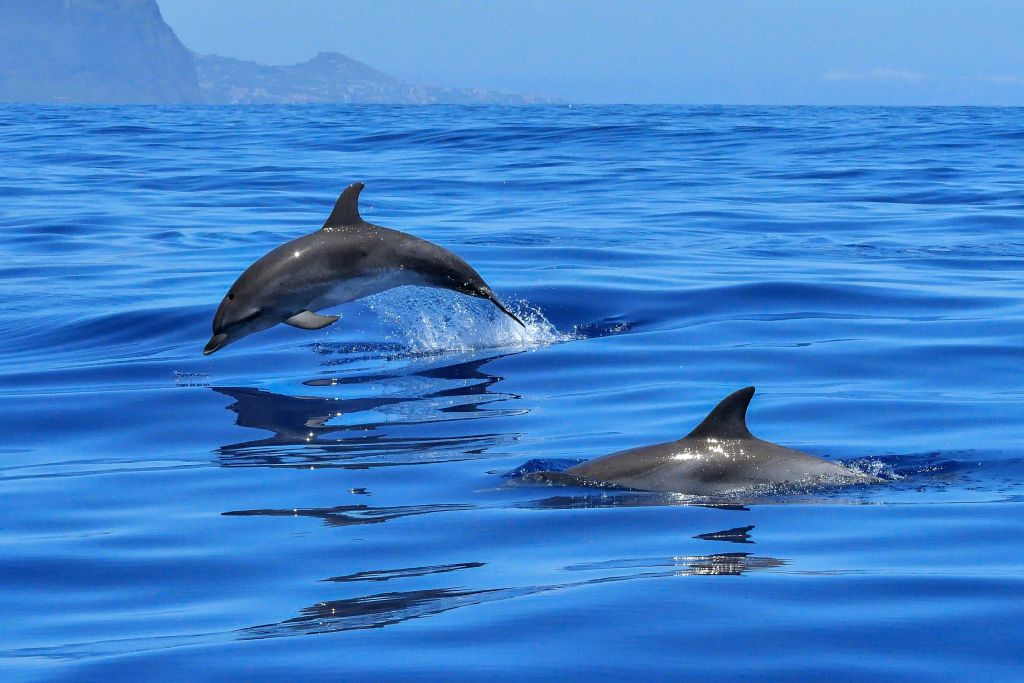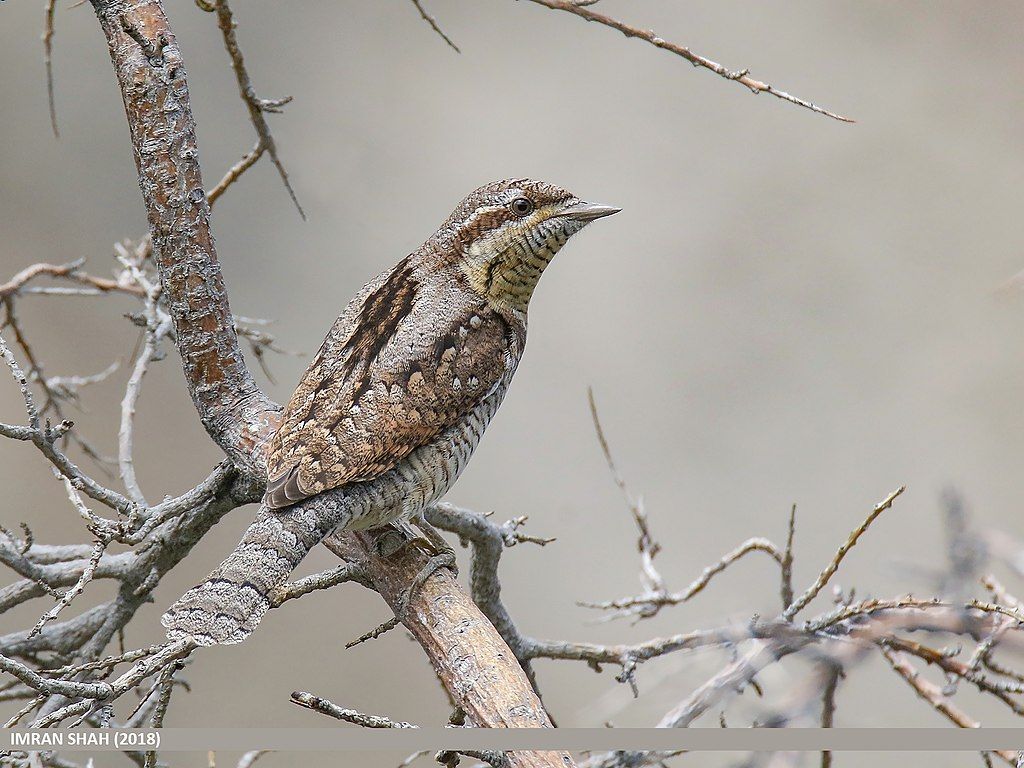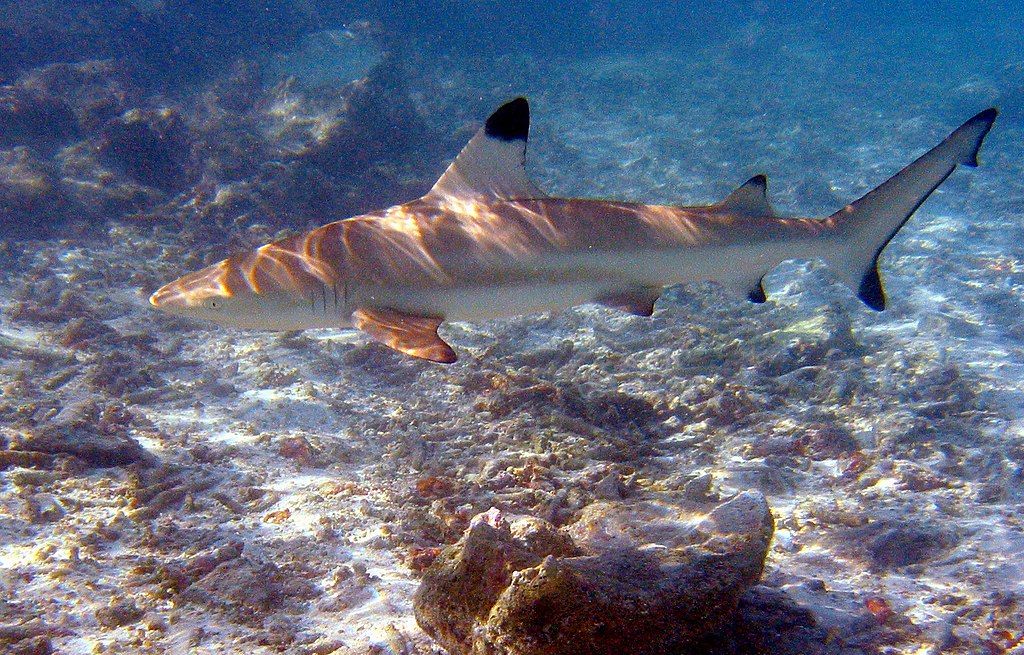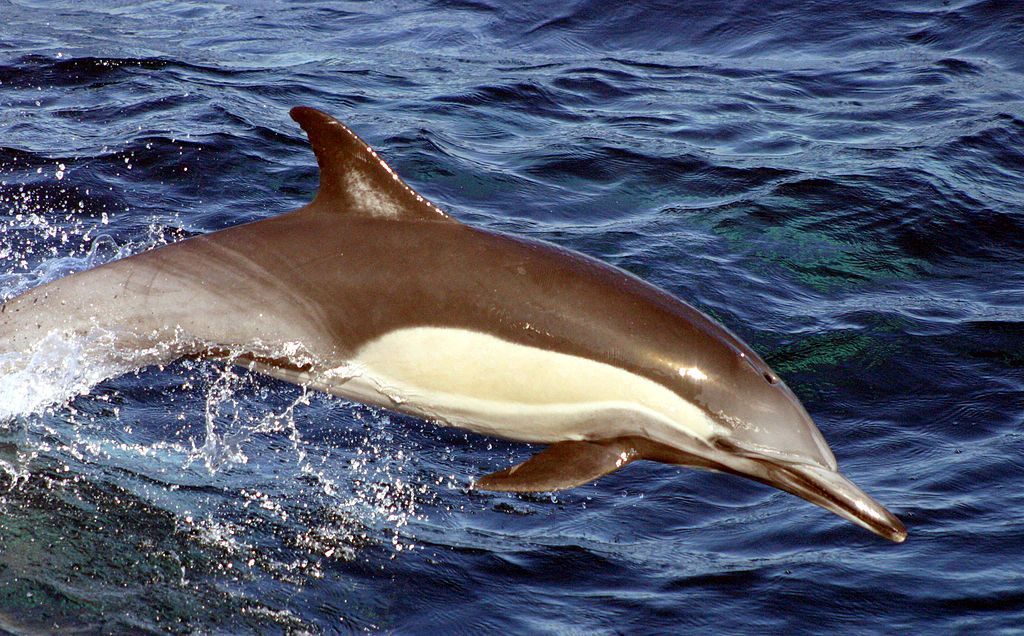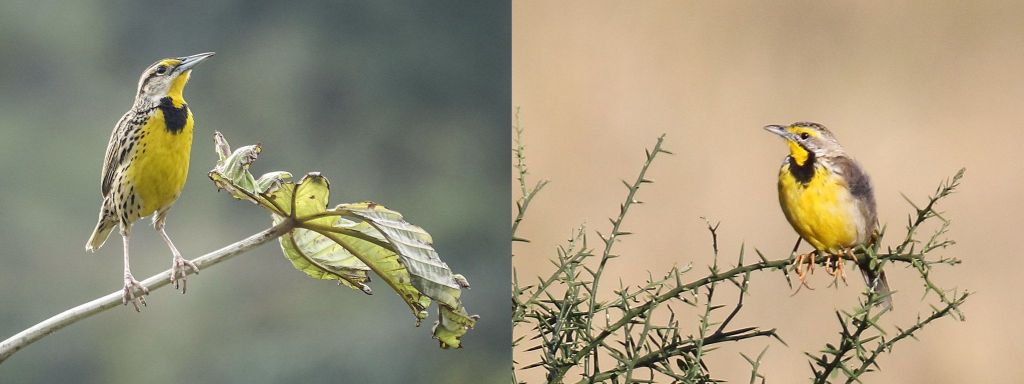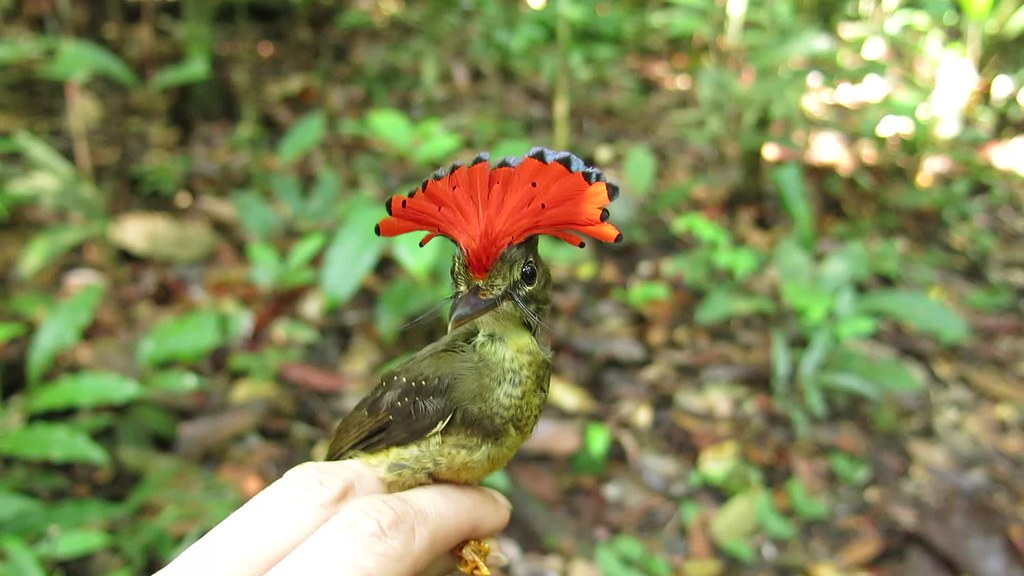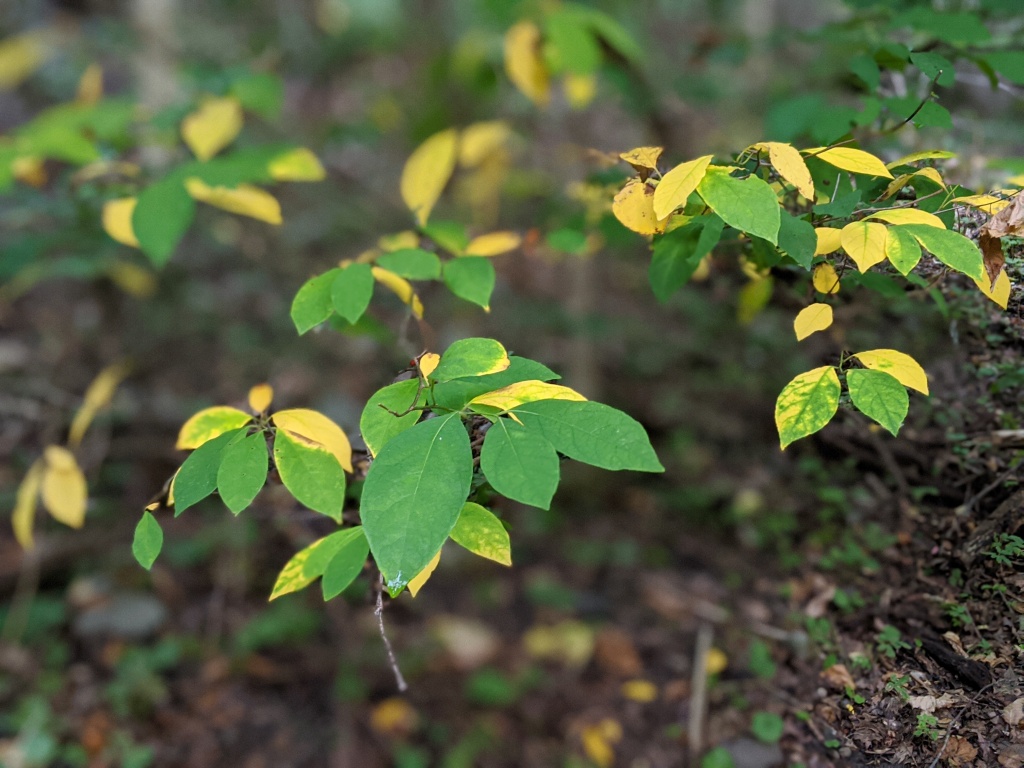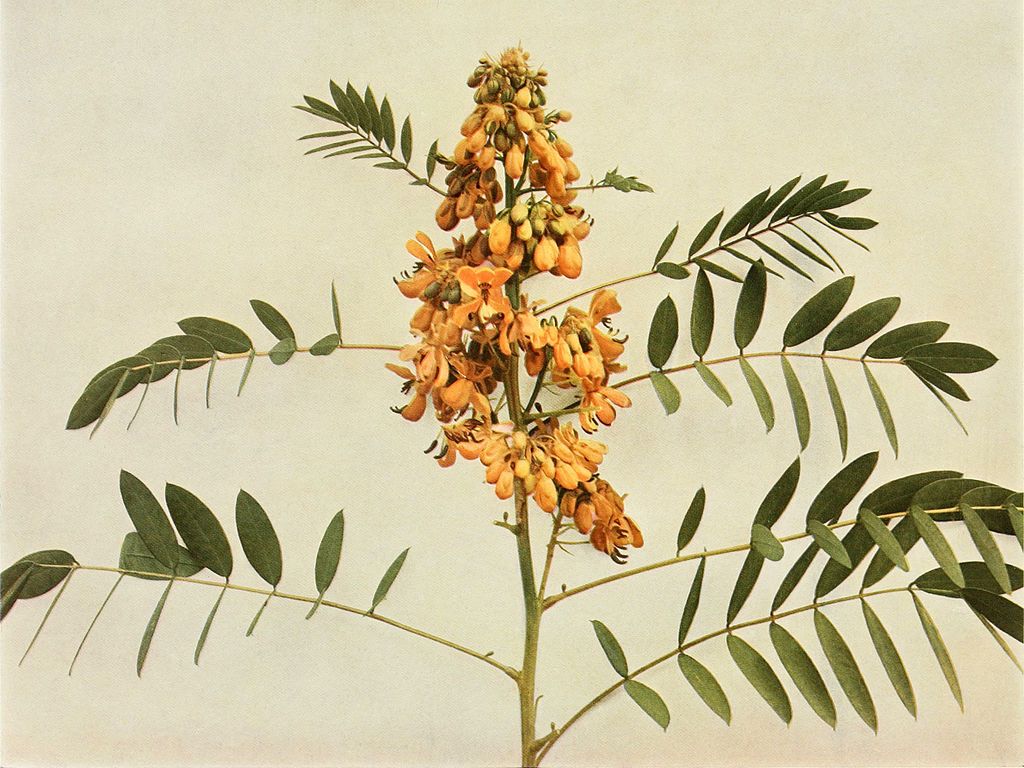
4 October 2020
And now for something completely different — not a wild animal but a wild result.
Last week Science Magazine reported the first ever scientific proof that a cat can imitate human behavior. A Japanese cat named Ebisu demonstrated it in a “Do As I Do” experiment.
“Do As I Do” is a training technique in which the owner gets the pet’s attention, performs an action, and then says “Do It.” The animal learns that Do It means copy me and repeats the action.
Ebisu’s owner, Higaki, said the cat learned easily because of her high food motivation.
Higaki showed that Ebisu could copy familiar actions, like opening a plastic drawer and biting a rubber string. Then she asked the cat to imitate two new behaviors [for which she had not been trained]. While standing before Ebisu, who sat on a countertop next to a cardboard box, Higaki raised her right hand and touched the box. At other times, she bent down and rubbed her face against the box.
— Science Magazine Kitty see, kitty do: cat imitates human in first scientific demonstration of behavior
As you can see in the video, Ebisu watches her owner place her hand on the box and tap it. Her owner stands straight, then says “Do It.” Ebisu places her paw on the box and taps it, then immediately asks for a treat. Of course she gets one. Good Kitty!
In the photos below, her owner rubs her face on the box. So does Ebisu. Lead author Fugazza says this is remarkable because only dolphins, parrots, apes, and killer whales have so far been shown to imitate people.

Skeptics say that Ebisu would have rubbed the box anyway. Really? Having lived with cats for most of my life I can tell you that getting a cat to do something on command is the tricky part.
Sadly Ebisu can no longer show off her talents. She got kidney disease this year and died in June. I know how hard that is. I’m sure Higaki misses her.
Read more about Ebisu at Kitty see, kitty do: cat imitates human in first scientific demonstration of behavior in Science Magazine.
(photos from Did we find a copycat? Do as I Do in a domestic cat (Felis catus) at Springer Link)
p.s. For a video of a dog trained to copy human behavior see the video in this article: Your Dog is a Copycat. The dog is even multi-lingual, trained in Italian but “Do it” in English. 
